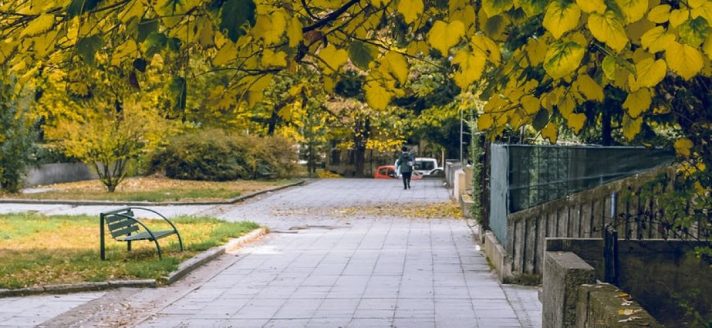
Welcome to the webpages for the MEaSURE project (“Maximising ecosystem services in urban environments“). Over four years (2021 – 2025), this NERC-funded project will explore the multifunctionality of urban ecosystems and develop models and tools to support decision making in urban planning.
We will update this website as the project develops, but do follow @MeasureUoM on Twitter for the latest updates. To learn more about the project, read on.
Project overview
Urban environments are home to the majority of people on the planet and so ensuring these systems provide healthy, productive and resilient environments is critical. Green infrastructure – which we define as a network of multi-functional green space and other green features – is a key component of urban systems and the main reservoirs of much urban biodiversity. But how do we manage green infrastructure to maximise the benefits these features bring to humans and wider ecosystem functioning? In this project, we focus on gaining a better predictive understanding of diversity associated with green infrastructure and how this can be optimised to enhance ecosystem services.
Biodiversity is widely recognised to be a key driver of multiple ecosystem functions (i.e. ecosystem multifunctionality), underpinning the provision of numerous ecosystem services for humanity, as well as undesirable disservices. Manipulation of biodiversity therefore has considerable potential to significantly improve how we construct and manage engineered and urban ecosystems.
A major gap in knowledge hampering our ability to harness the benefits of biodiversity in urban areas is understanding how attributes particular to green infrastructure in urban environments affect biodiversity-ecosystem multifunctionality relationships. This knowledge is important for the design and management of urban green infrastructure so that we can maximise ecosystem service provision in wider urban landscapes.
The mechanisms by which landscape form and biodiversity influence ecosystem services (and mitigate against disservices) operate at different scales. However, we lack understanding of how these mechanisms operate and scale in urban landscapes. A further gap in knowledge is how the diversity of urban forms interact with the diversity of neighbouring peri-urban and rural landscapes to affect ecosystem services and disservices in urban landscapes.
In the MEaSURE project, we address these gaps in knowledge to understand how biodiversity can be used to enhance ecosystem multifunctionality in urban landscapes at contrasting scales. We focus on ecosystem services of carbon capture, cycling and storage, urban cooling, and water holding capacity, and disservices of greenhouse gas emissions, pathogen prevalence, and tick-borne pathogens; these services and disservices are intrinsically linked to green infrastructure and there is an established mechanistic basis for a link to biodiversity. We will integrate knowledge of biodiversity-ecosystem multifunctionality relationships into a modelling framework that will be used to create a web-based planning tool to determine how planning scenarios affect urban ecosystem multifunctionality. Our findings will contribute to the development of enabling mechanisms, with a focus on urban land use and green infrastructure planning, to enhance the contribution made by local scale green infrastructure interventions to wider landscape scale processes and the resilience of urban ecosystems.
You can find out about the specific project objectives and the team using the Menus at the top of the page.
